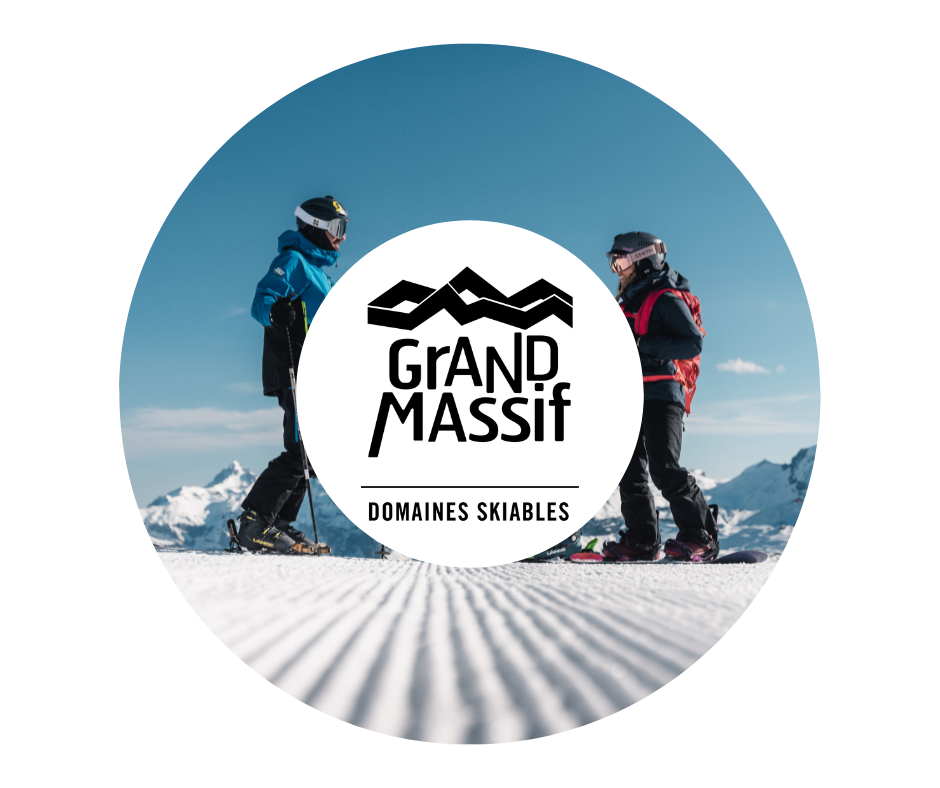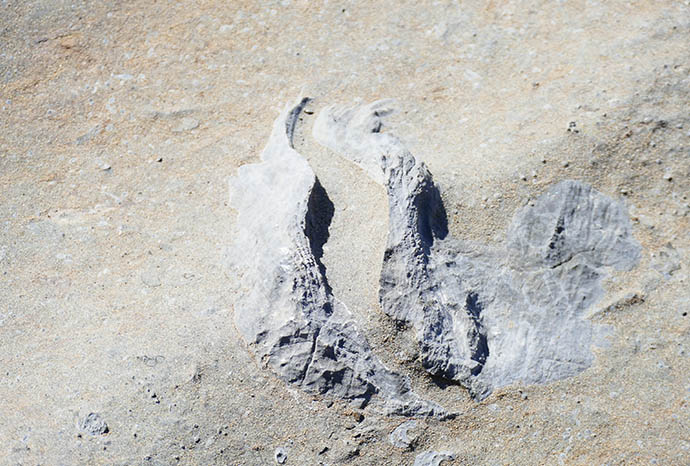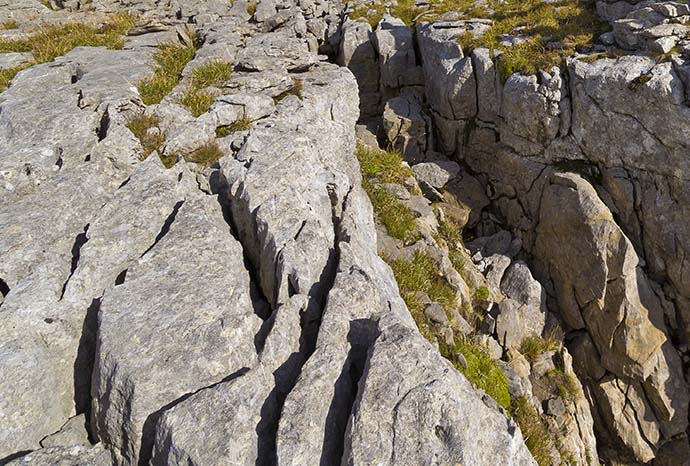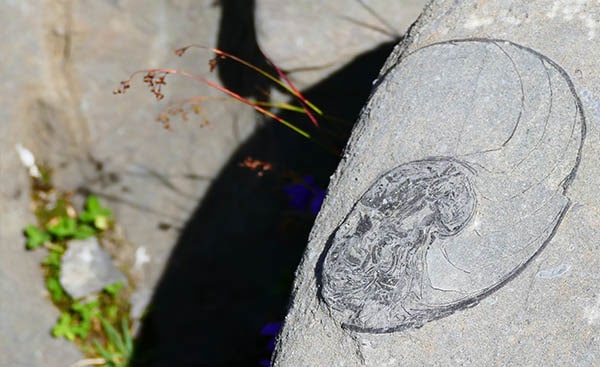The name’s origin
Rain water and melting snow have continuously sculpted these vast expanses of limestone since the end of the ice ages.
Taking advantage of the rocks’ weakness, water seeps into the cracks and faults, thereby creating caves and chasms deep down in the rock.
The “Platé Desert” is therefore aptly named. There is no water flowing on the surface. Only a handful of bodies of water can be seen on the surface, such as the “Laouchets de Platé”. Water flows underground, only emerging from the edge of the mountain when it reaches faulted or impermeable rock.
In the absence of filtration, the slightest surface pollution leads to a deterioration of its quality.


















